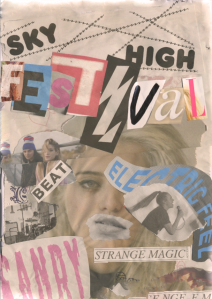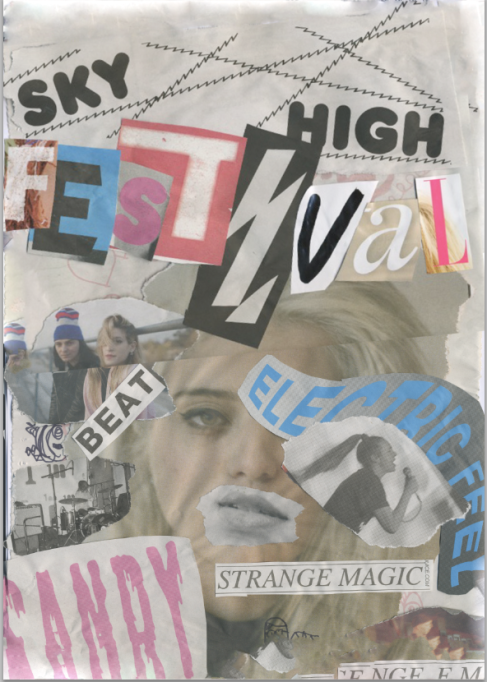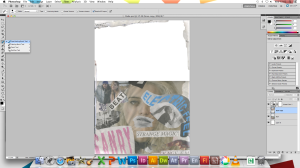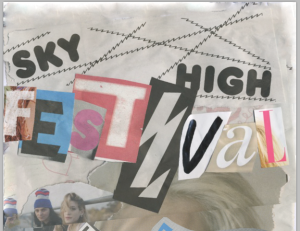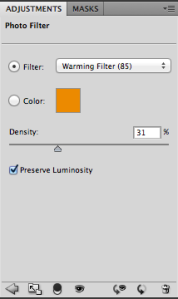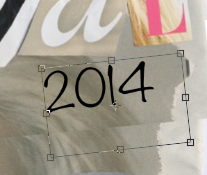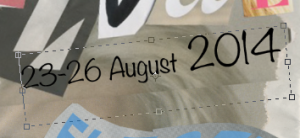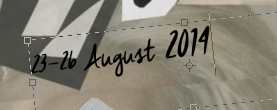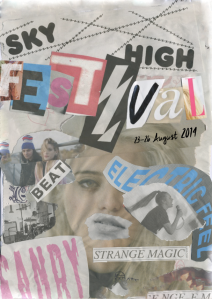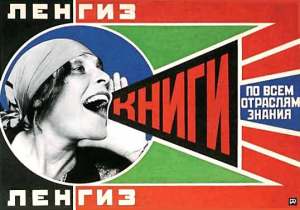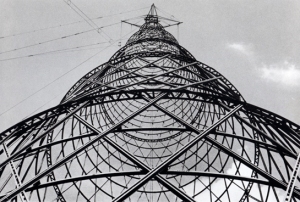For my Dada poster I was inluenced by Hannah Hoch and Raul Haussmann. I liked how they used different elements to create their posters such as; photomontage, sketches etc. For my poster I picked up some free magazines from shops and from vintage stores. These magazines were usually music mbased or freelance designer based.The whole idea of my poster was to do with a poster for a festival. It was meant to be just a teaser poster to advertise the festival months in advance to get viewers enticed.
I noticed how in Hannah Hochs’ work she tore a lot of images etc out from newspapers or magazines from her time. To reperesent Dada I needed to do this to fro my poster, so using the free magazines I tore out images and words of dfferent fonts and laid them out on a piece of paper randomly so it reflected Dadism effectively. I also drew some random sketches or patterns etc over the images to reflect what Hannah Hoch did in her designs. After creating my design and sticking everything down, I scanned my poster in.
 This was the first part of my poster I scanned in as it was an a4 scanner yet my poster was on an a3 sheet
This was the first part of my poster I scanned in as it was an a4 scanner yet my poster was on an a3 sheet
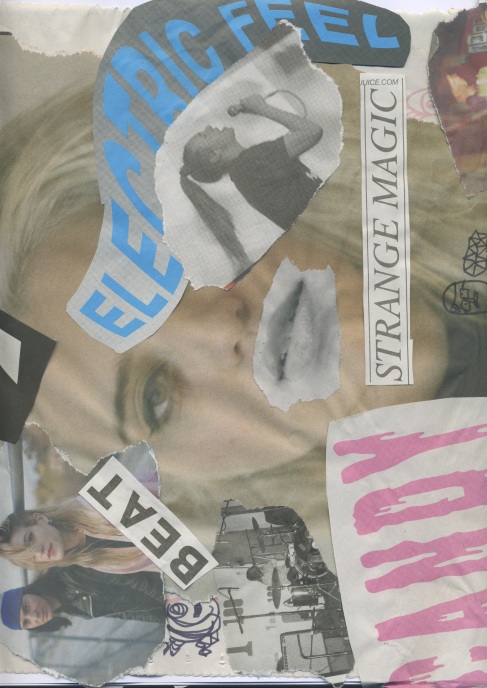 This was the second part of my a3 poster that I scanned in
This was the second part of my a3 poster that I scanned in
I opened an a3 photoshop document where I dropped both of the scanned images in. I placed the photos in the position that they were in my a3 sketchbook. I noticed that when the photos lined up, they was an obvious line in the middle where they were meant to join so I decided I would rotate the top photo to create more randomness in my photo and obscurity.
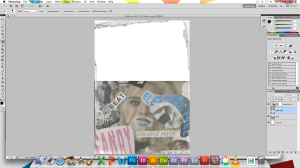 I noticed that on my poster the top of the poster showed the top of my sketchbook and affected the overall visual impact of the poster. I decided I would use the clone tool to patch up the top of the poster and proximity match with the clone tool. I selected a clone point from the poster and then cloned over the top of the poster which I didn’t like so much.
I noticed that on my poster the top of the poster showed the top of my sketchbook and affected the overall visual impact of the poster. I decided I would use the clone tool to patch up the top of the poster and proximity match with the clone tool. I selected a clone point from the poster and then cloned over the top of the poster which I didn’t like so much.
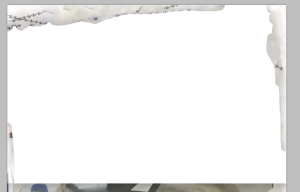 This is what the cloned layer looks like without the first part/layer of my poster switched on. As you can see it resembles elements from the image below, such as the lines and the paper.
This is what the cloned layer looks like without the first part/layer of my poster switched on. As you can see it resembles elements from the image below, such as the lines and the paper.
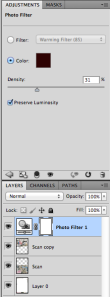 I then noticed in Dada posters they seemed to look very sepia or kind of coffee stained so I decided I would put a photo filter over my layers. I used a brown-red like colour which made it look kind of retro and sepia like but I was not very convinced with the colour so I changed the colour.
I then noticed in Dada posters they seemed to look very sepia or kind of coffee stained so I decided I would put a photo filter over my layers. I used a brown-red like colour which made it look kind of retro and sepia like but I was not very convinced with the colour so I changed the colour.
